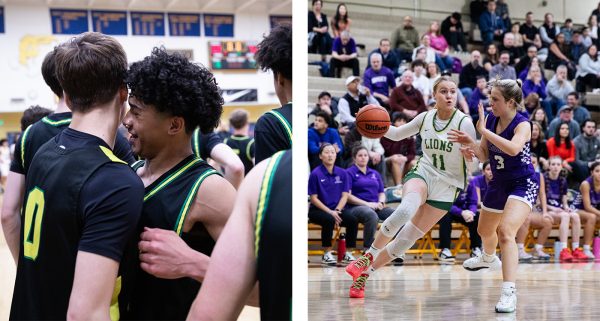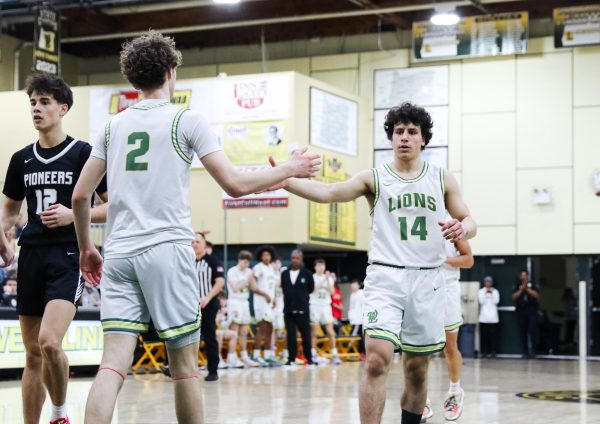The concussion myths you never knew were myths
For years, myths have gone around about concussions. Cracking those myths and knowing what’s right will prevent dangerous problems and knowing what to do when experiencing a concussion.
An assumption about a concussions is they only occur when someone takes a blow to the head. This assumption is incorrect.
“While concussions happen most commonly from a hit to the head, they can also occur from a hit to the body, or whiplash.” Becca Feuerherd, athletic trainer said.
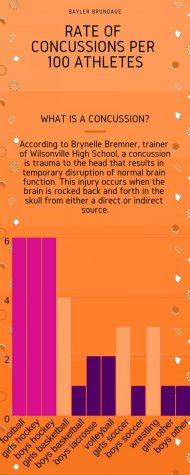
“Unfortunately there is no helmet that can prevent concussions. Helmets are designed to absorb forces and prevent skull fractures,” Feuerherd said on the myth that well-fitting helmets prevent concussions in contact sports.
Many people expect to not be able to play sports after experiencing a certain amount of concussions.
“Under the correct medical direction, if a person takes time to properly and fully recover from a concussion, most are able to return to their desired sport,” Brynelle Bremner said, head athletic trainer for Wilsonville High School.
There is an incorrect assumption that adults are more prone to concussions than kids.
“In adults, the most common cause of concussions are car accidents,” Feuerherd said. “Children are more likely to get a concussion from sport-related accidents, and children tend to have longer duration symptoms and take longer to heal.”
Another myth is that many people think concussions aren’t that serious. Concussions are actually a big deal.
“In young athletes, a condition known as second-impact syndrome can become fatal,” Feuerherd said.
Second-impact syndrome occurs when you receive a second concussion before completely healing from the original injury.
So next time you are out on the field, or think your concussion is only “minor” think about what could happen next.
Your donation will support the student journalists of West Linn High School. Your contribution will allow us to continue to produce quality content by purchasing equipment, software, and continuing to host our website on School Newspapers Online (SNO).

On a hot summer day, freshman Bayler Brundage is out playing golf with her friends.
In sixth grade, Brundage had to move across the country from Atlanta...

























![Game, set, and match. Corbin Atchley, sophomore, high fives Sanam Sidhu, freshman, after a rally with other club members. “I just joined [the club],” Sidhu said. “[I heard about it] on Instagram, they always post about it, I’ve been wanting to come. My parents used to play [net sports] too and they taught us, and then I learned from my brother.”](https://wlhsnow.com/wp-content/uploads/2024/03/MG_7715-2-1200x800.jpg)
![At the bottom of the third inning, the Lions are still scoreless. Rowe stands at home plate, preparing to bat, while Vandenbrink stands off to the side as the next batter up. Despite having the bases loaded, the team was unable to score any runs. “It’s just the beginning of the season. We’re just going to be playing out best by June, [and] that’s where champions are,” Rowe said.](https://wlhsnow.com/wp-content/uploads/2024/03/IMG_3077-1200x900.jpg)





![The teams prepare to start another play with just a few minutes left in the first half. The Lions were in the lead at halftime with a score of 27-0. At half time, the team went back to the locker rooms. “[We ate] orange slices,” Malos said. “[Then] our team came out and got the win.”](https://wlhsnow.com/wp-content/uploads/2023/10/IMG_2385-1200x800.jpg)































































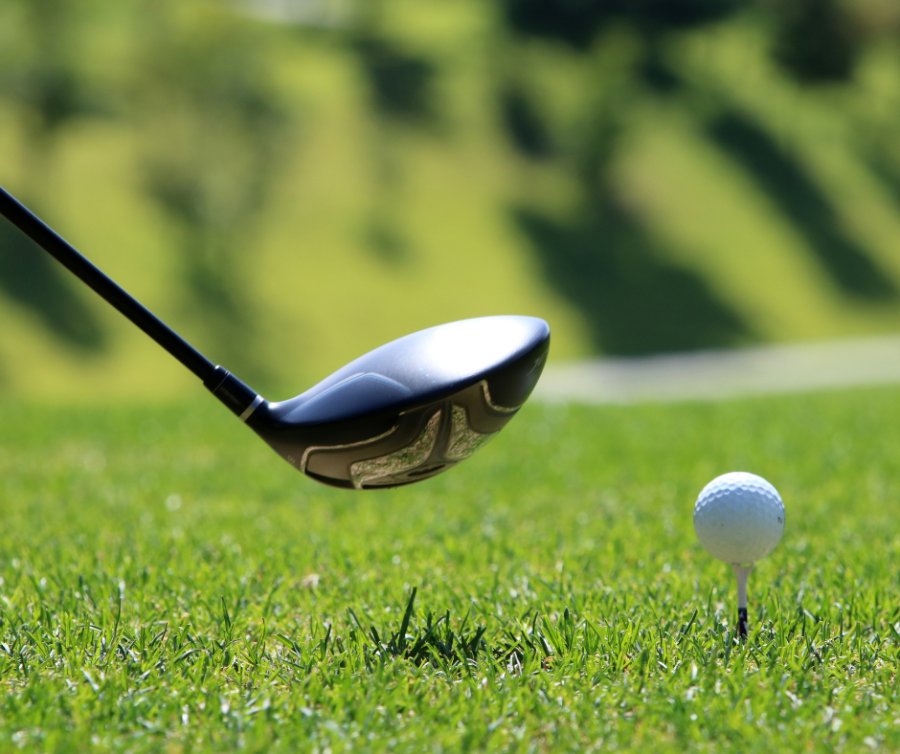







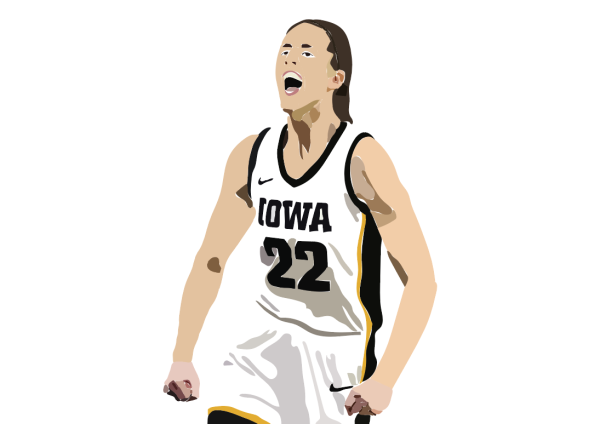


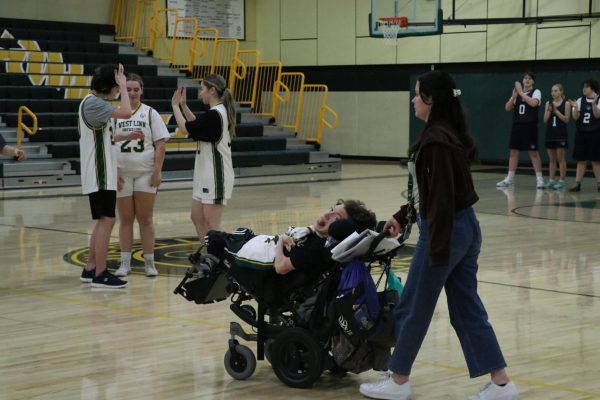
![Game, set, and match. Corbin Atchley, sophomore, high fives Sanam Sidhu, freshman, after a rally with other club members. “I just joined [the club],” Sidhu said. “[I heard about it] on Instagram, they always post about it, I’ve been wanting to come. My parents used to play [net sports] too and they taught us, and then I learned from my brother.”](https://wlhsnow.com/wp-content/uploads/2024/03/MG_7715-2-600x400.jpg)
![At the bottom of the third inning, the Lions are still scoreless. Rowe stands at home plate, preparing to bat, while Vandenbrink stands off to the side as the next batter up. Despite having the bases loaded, the team was unable to score any runs. “It’s just the beginning of the season. We’re just going to be playing out best by June, [and] that’s where champions are,” Rowe said.](https://wlhsnow.com/wp-content/uploads/2024/03/IMG_3077-600x450.jpg)

